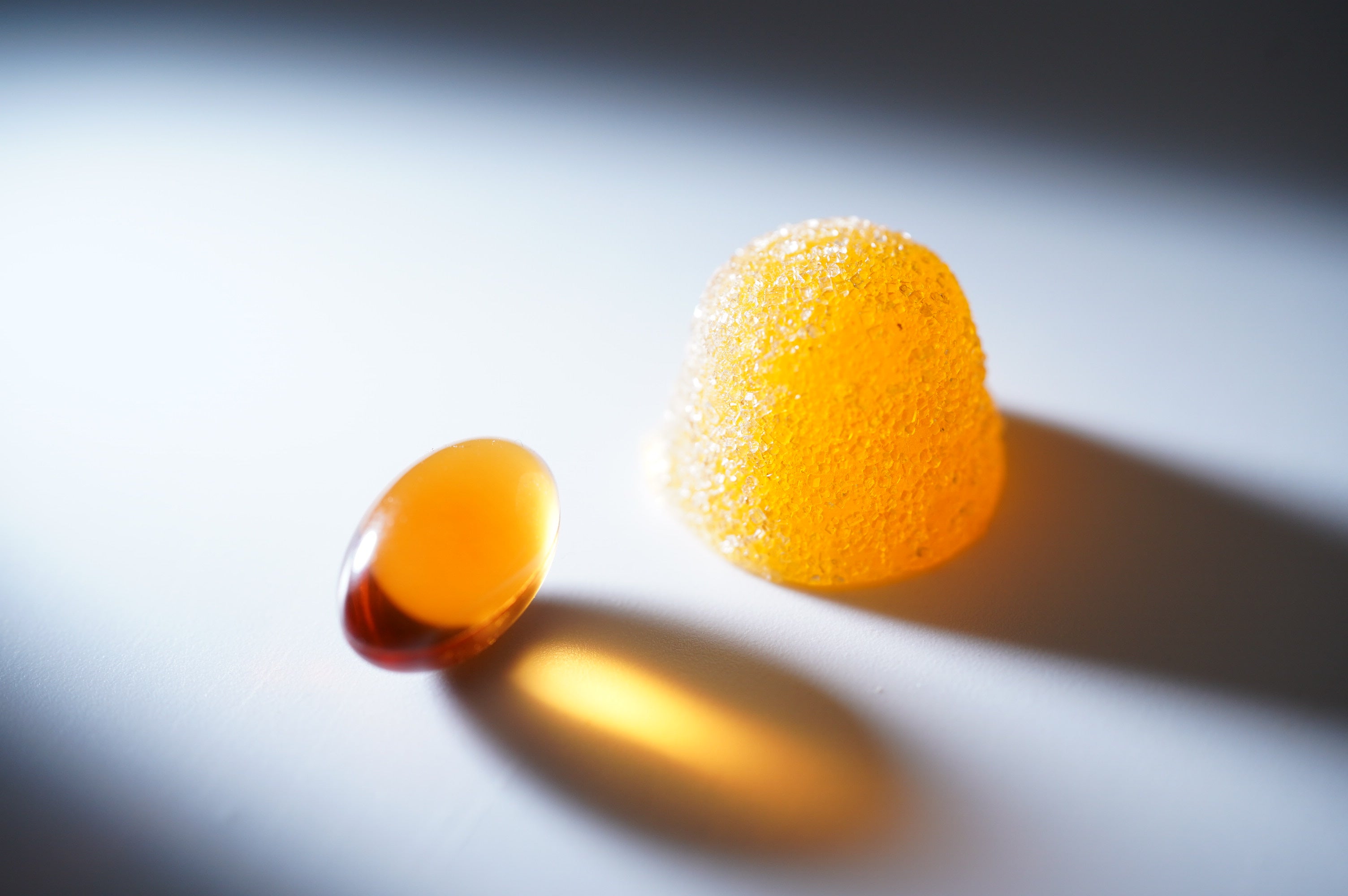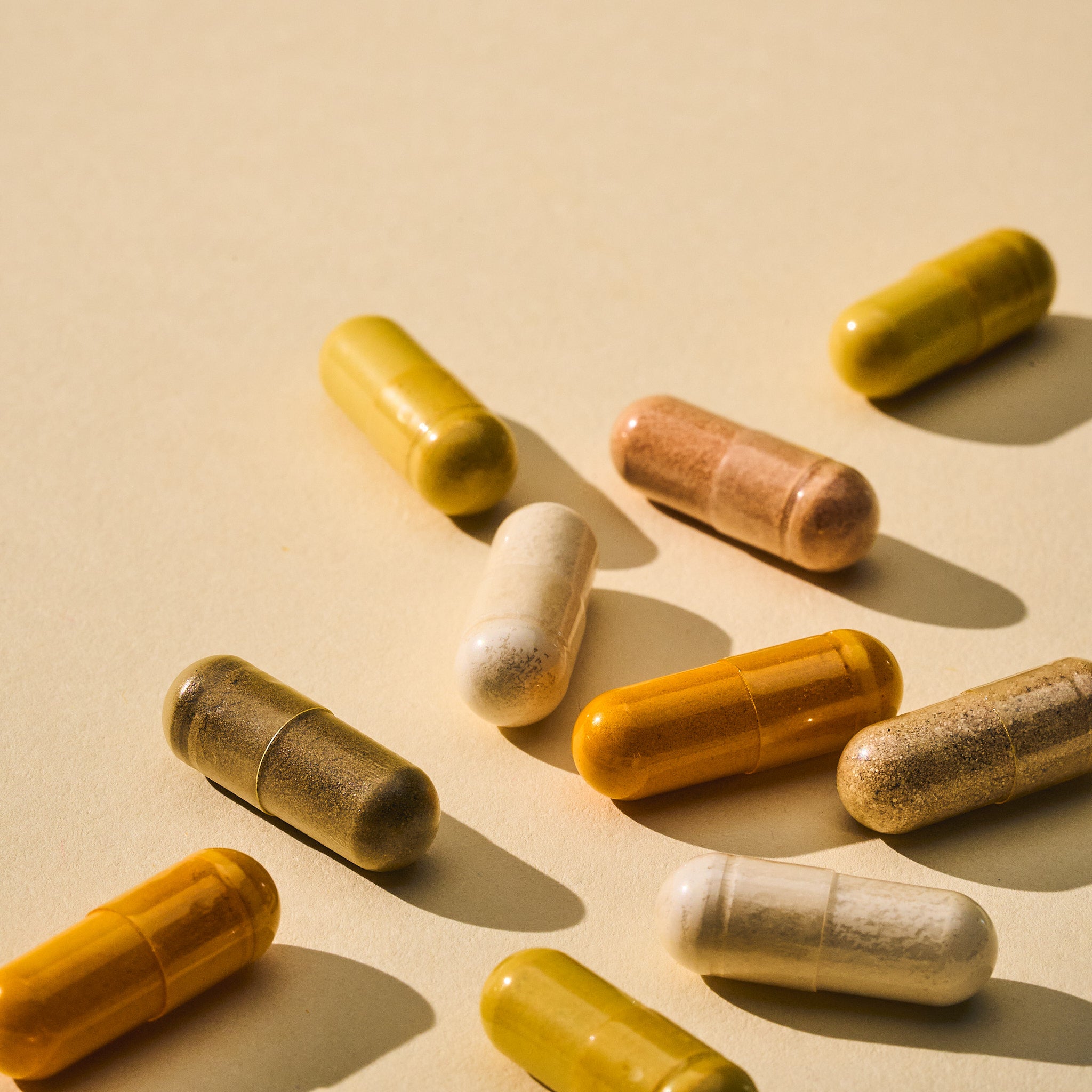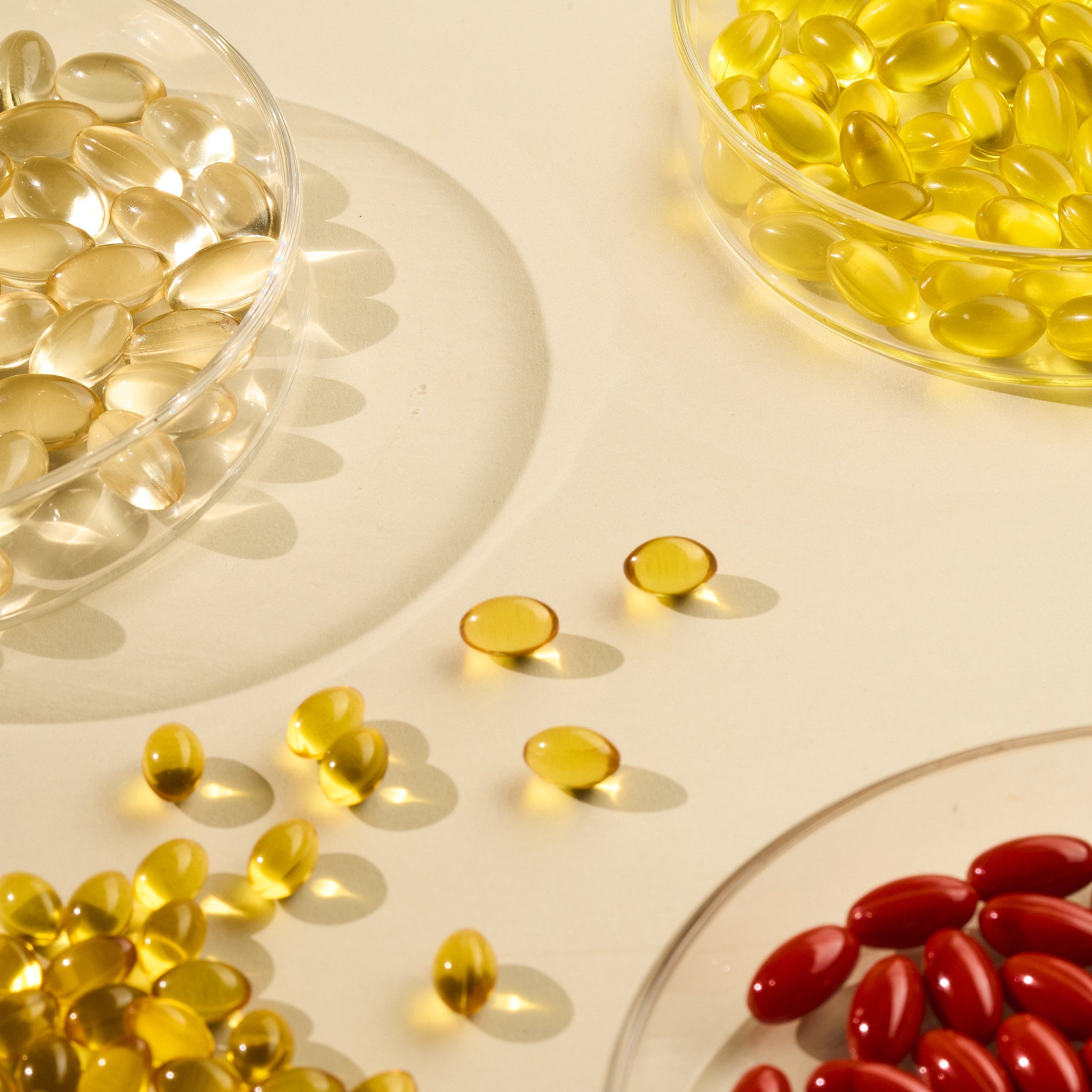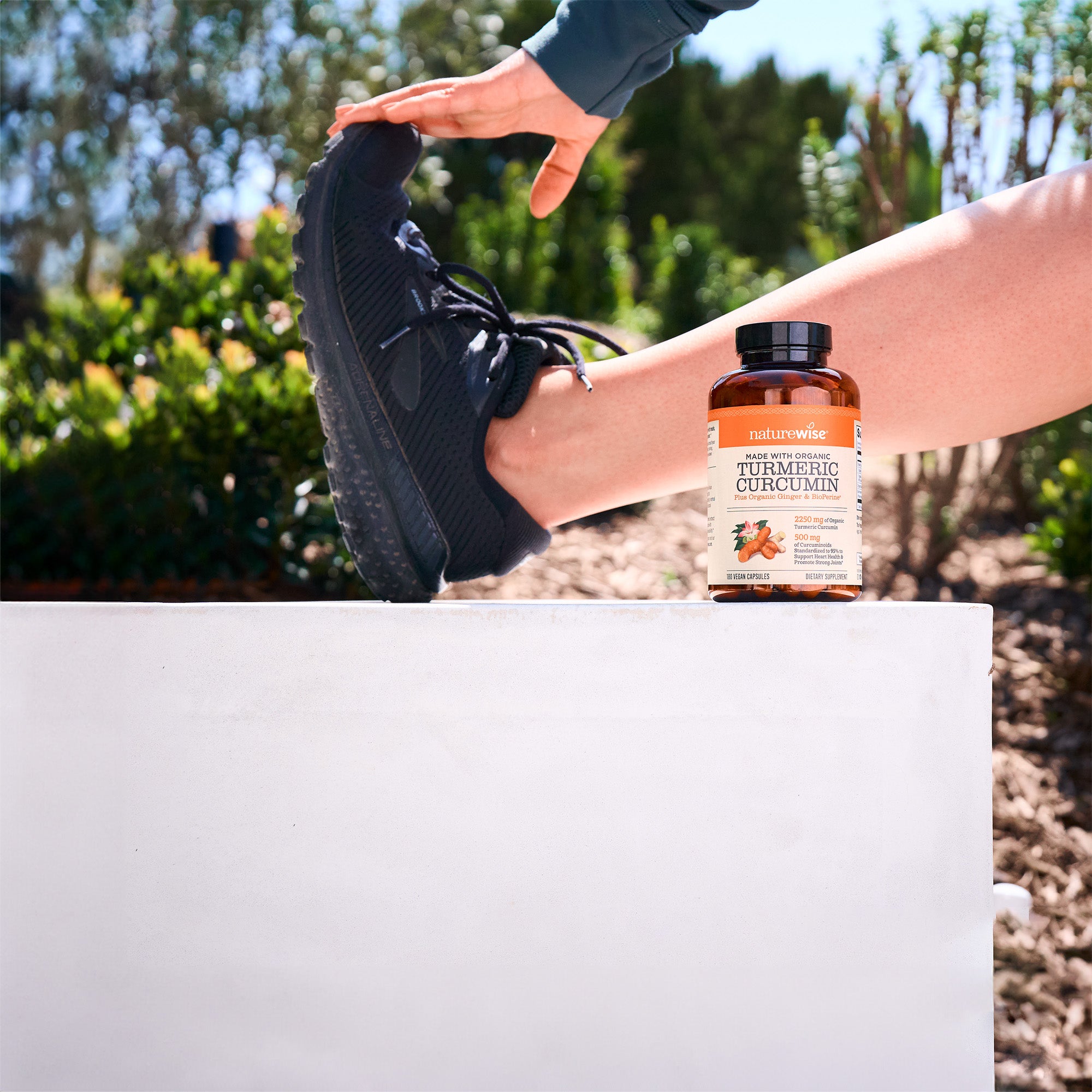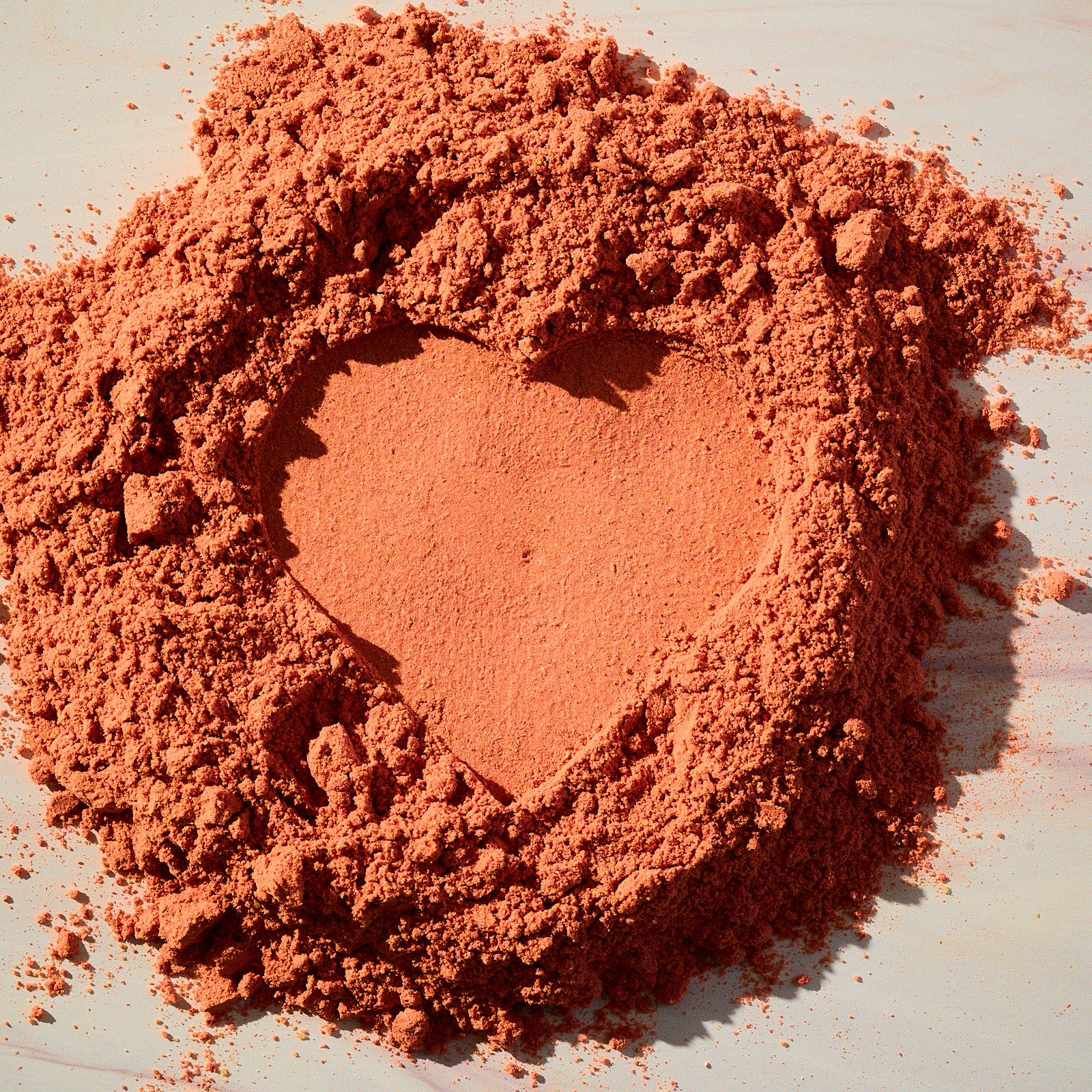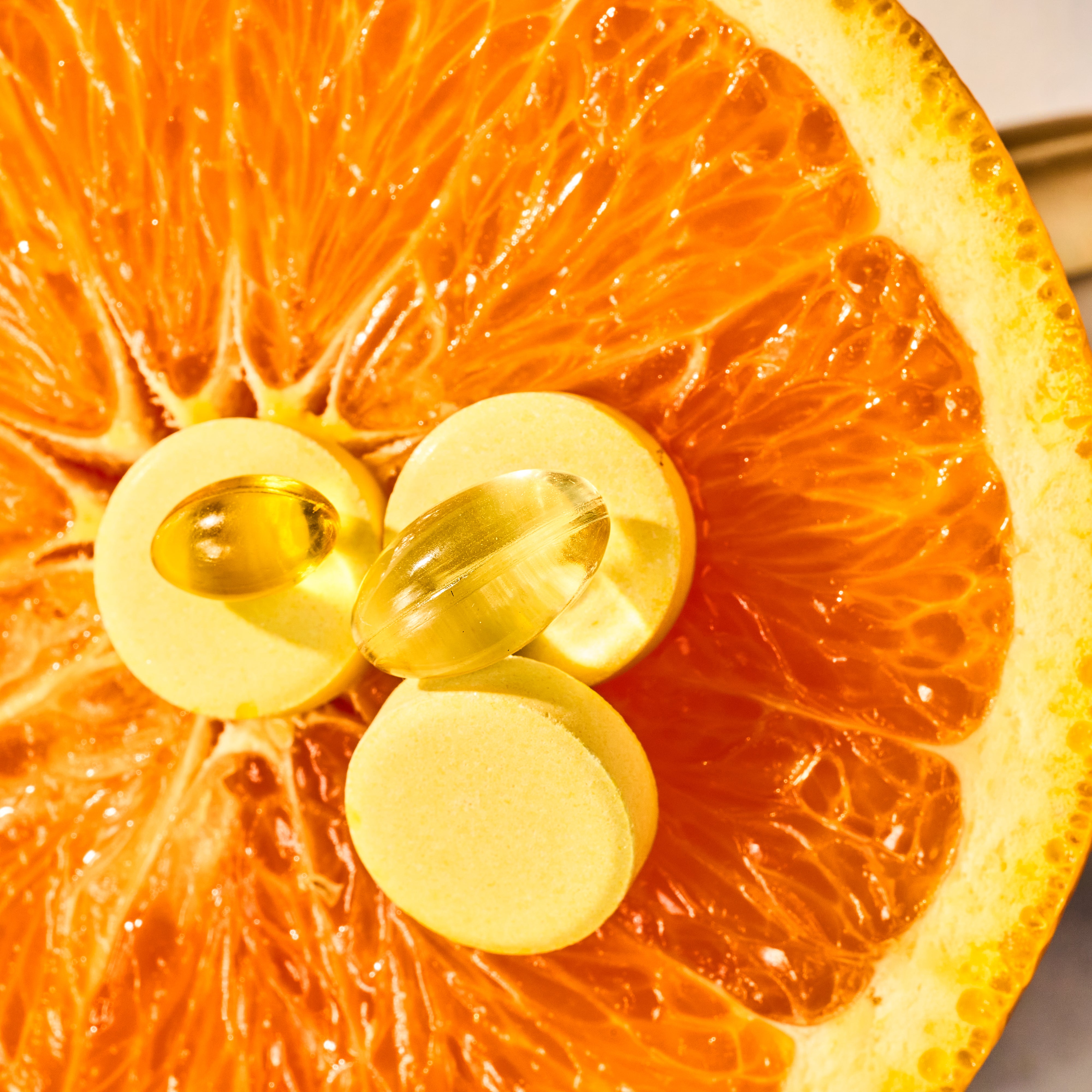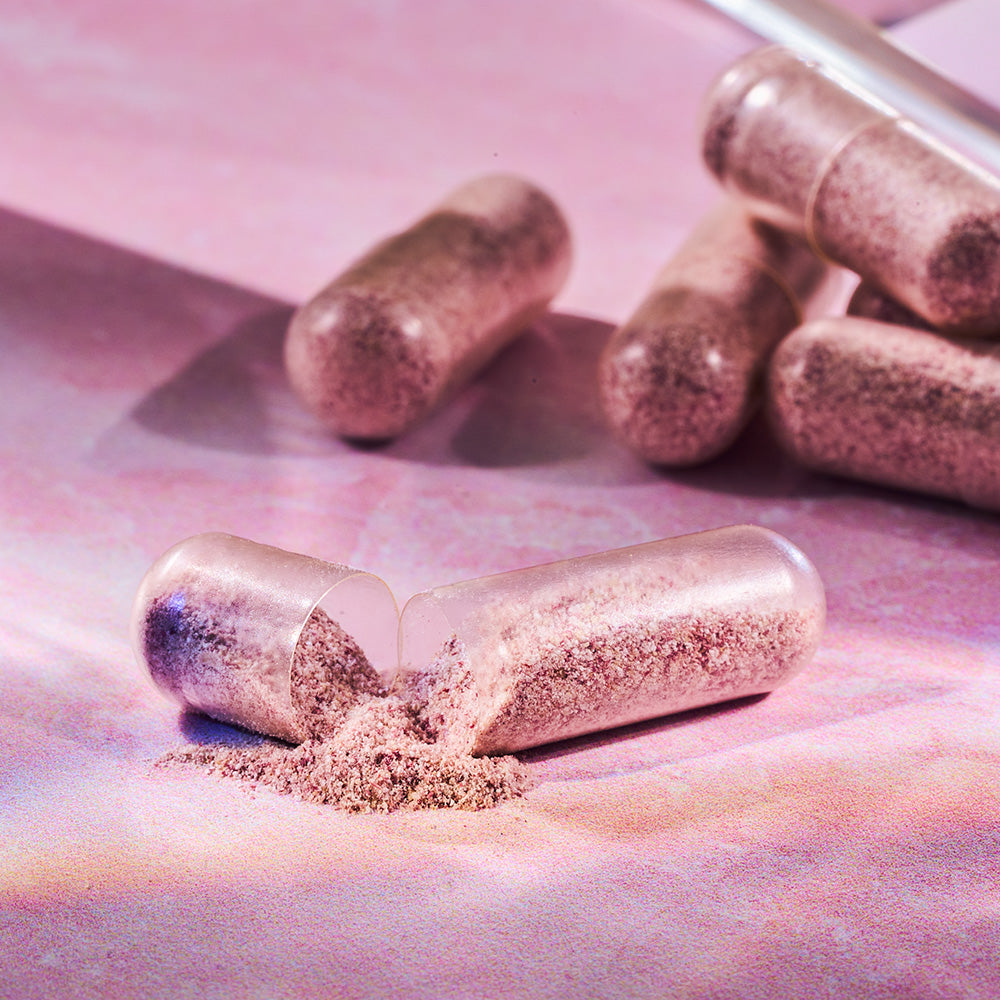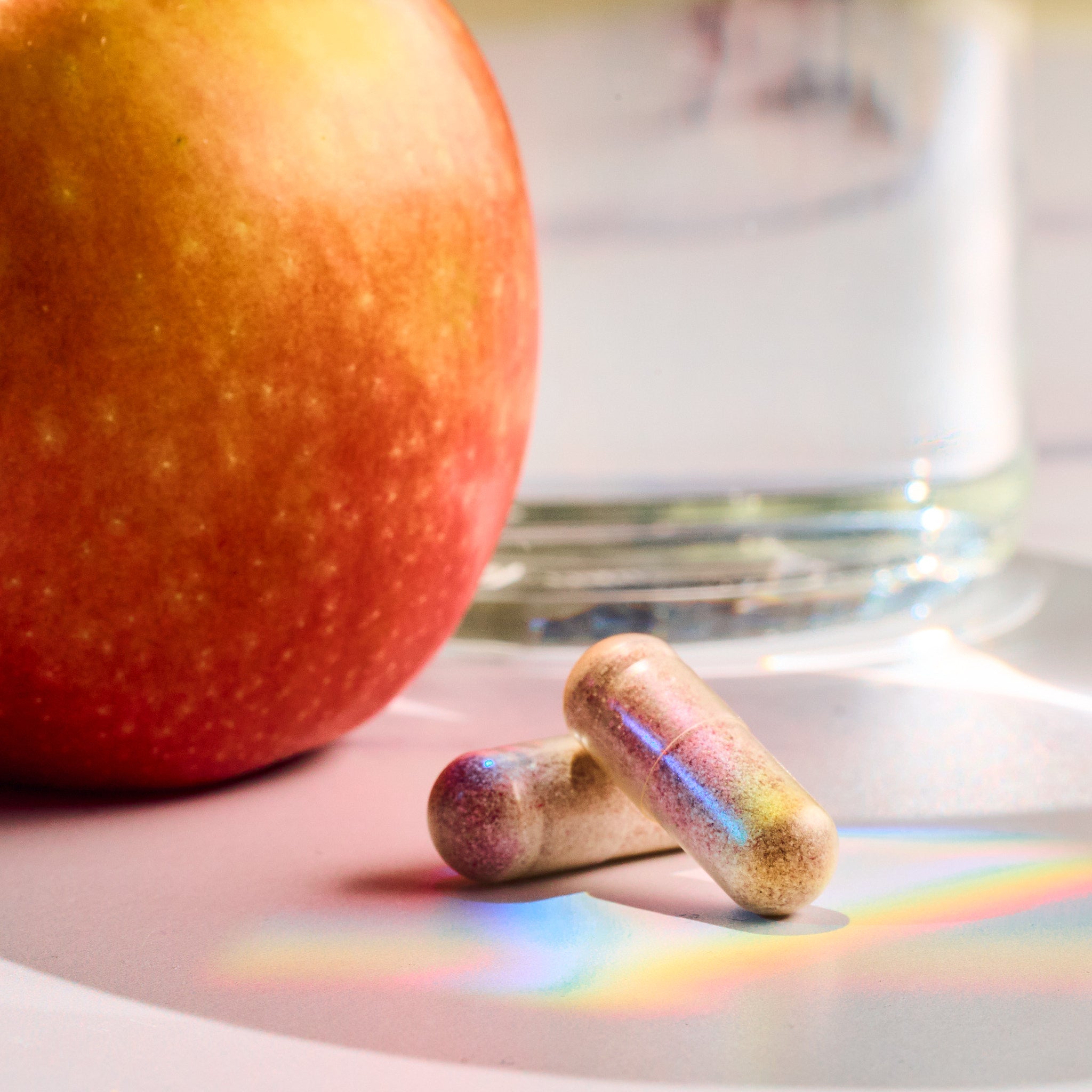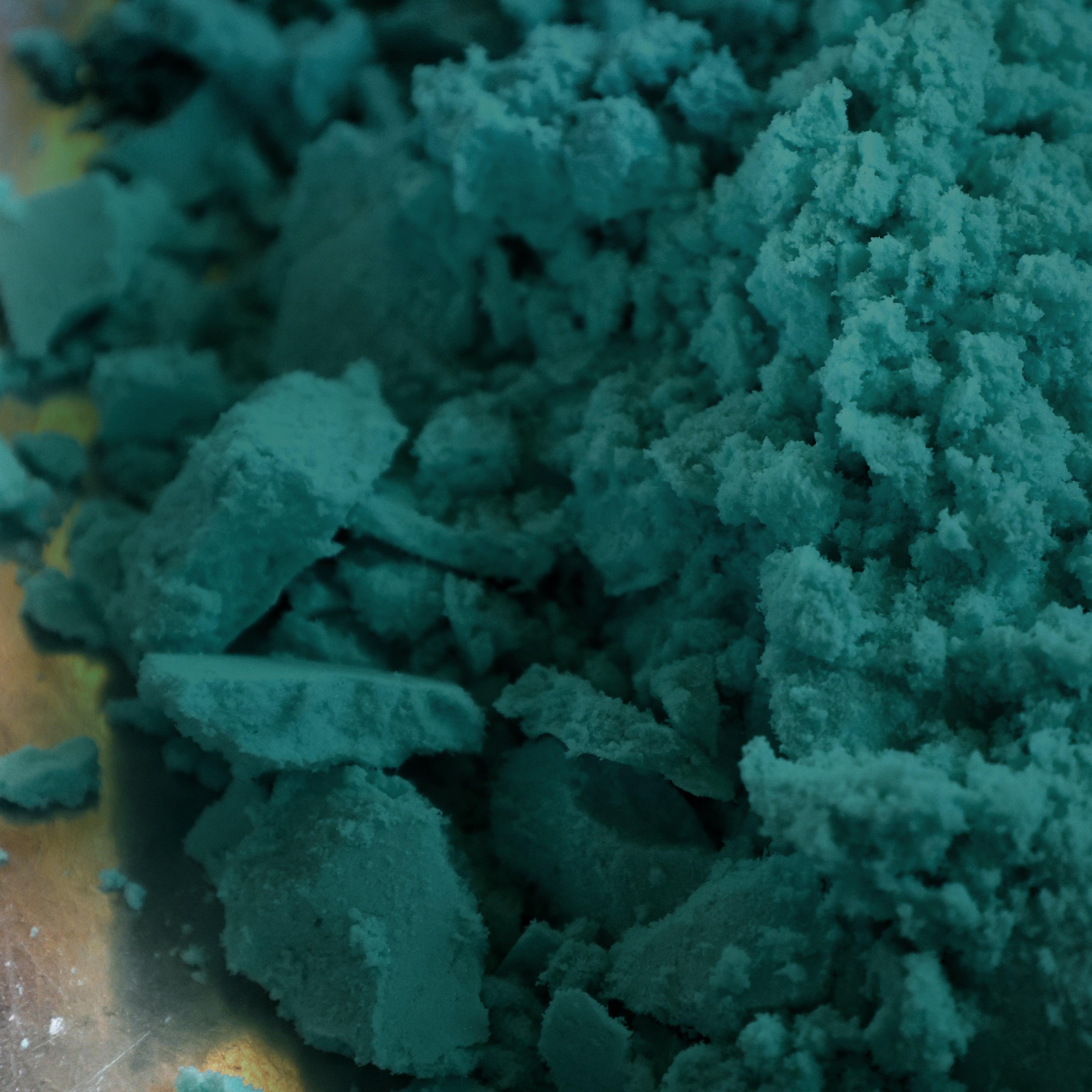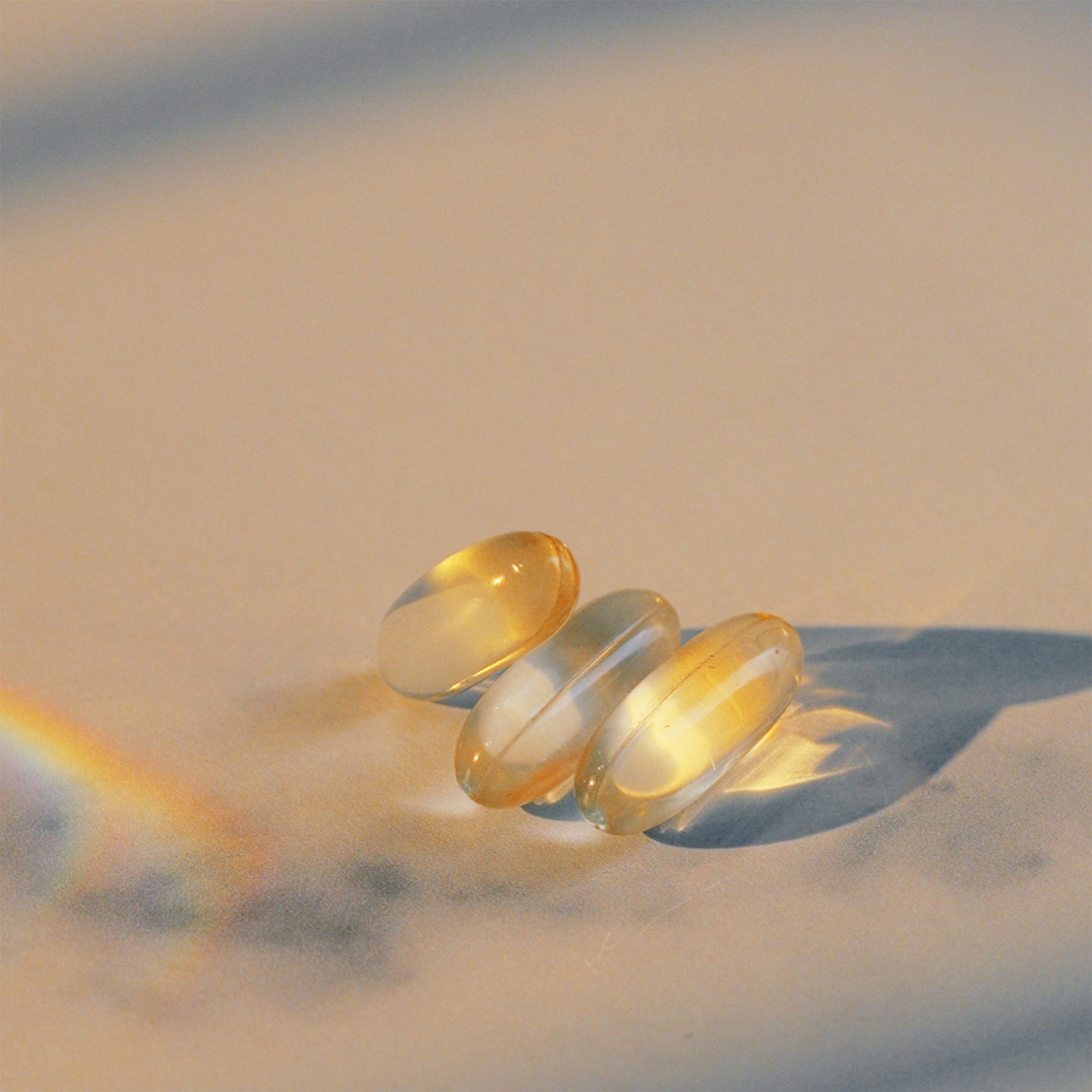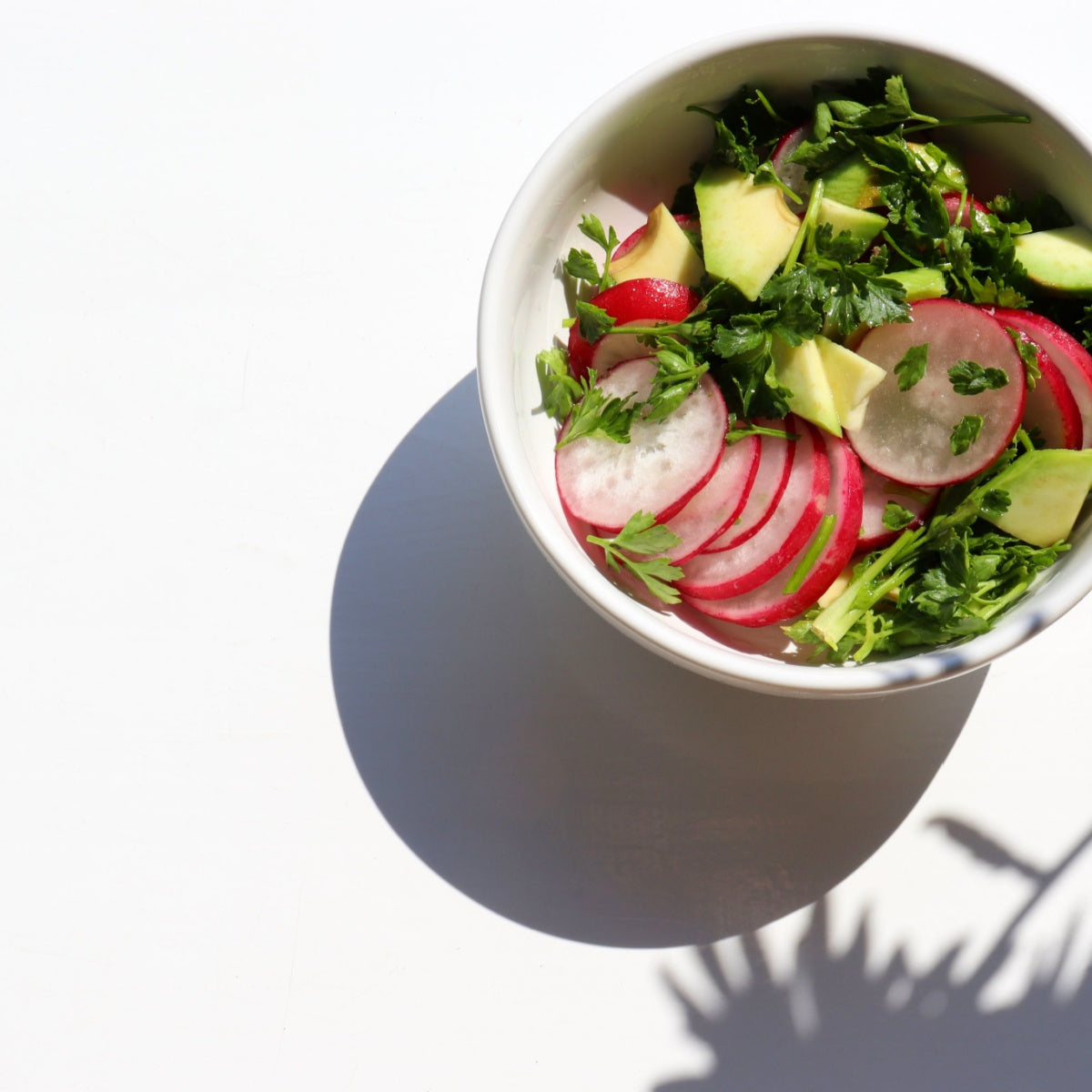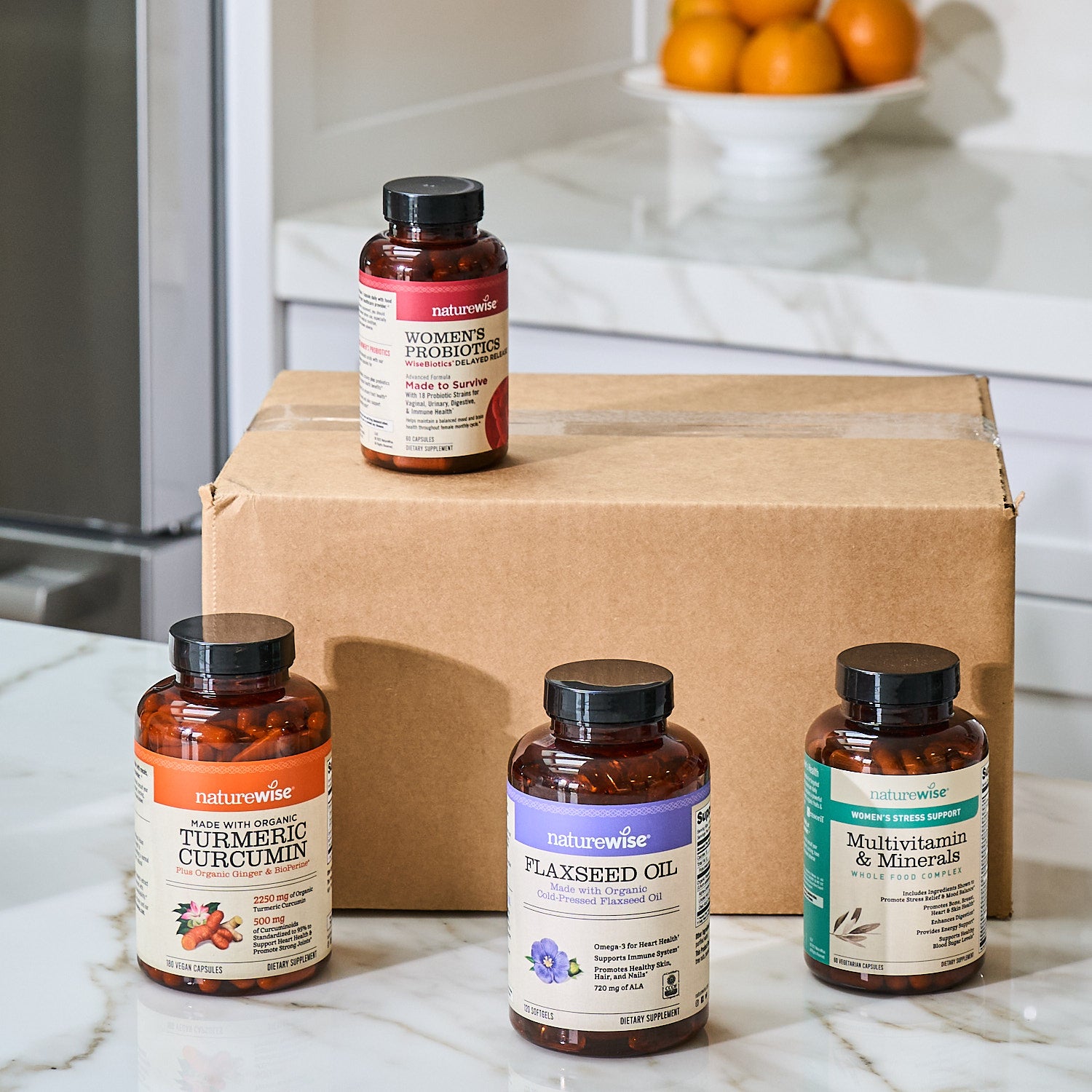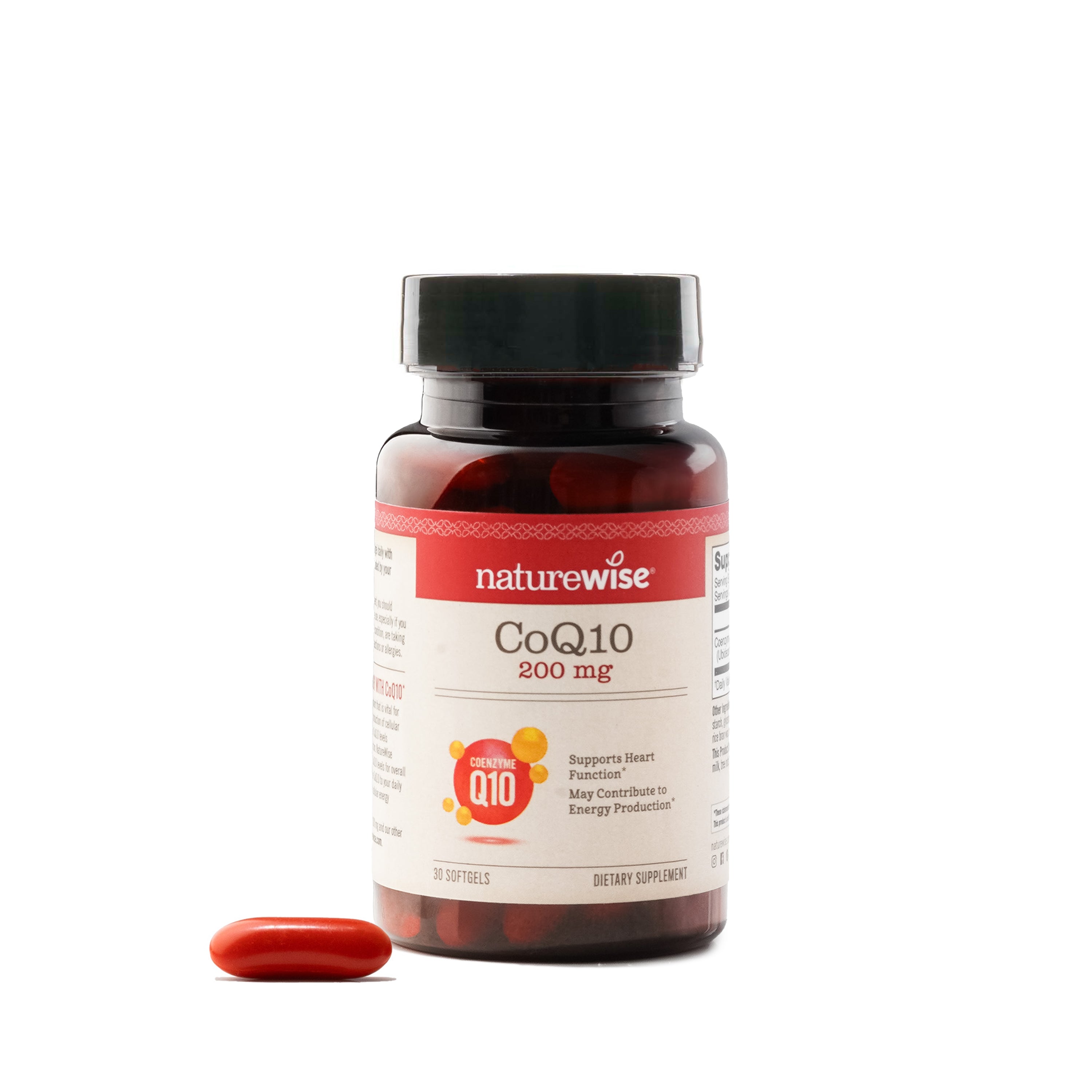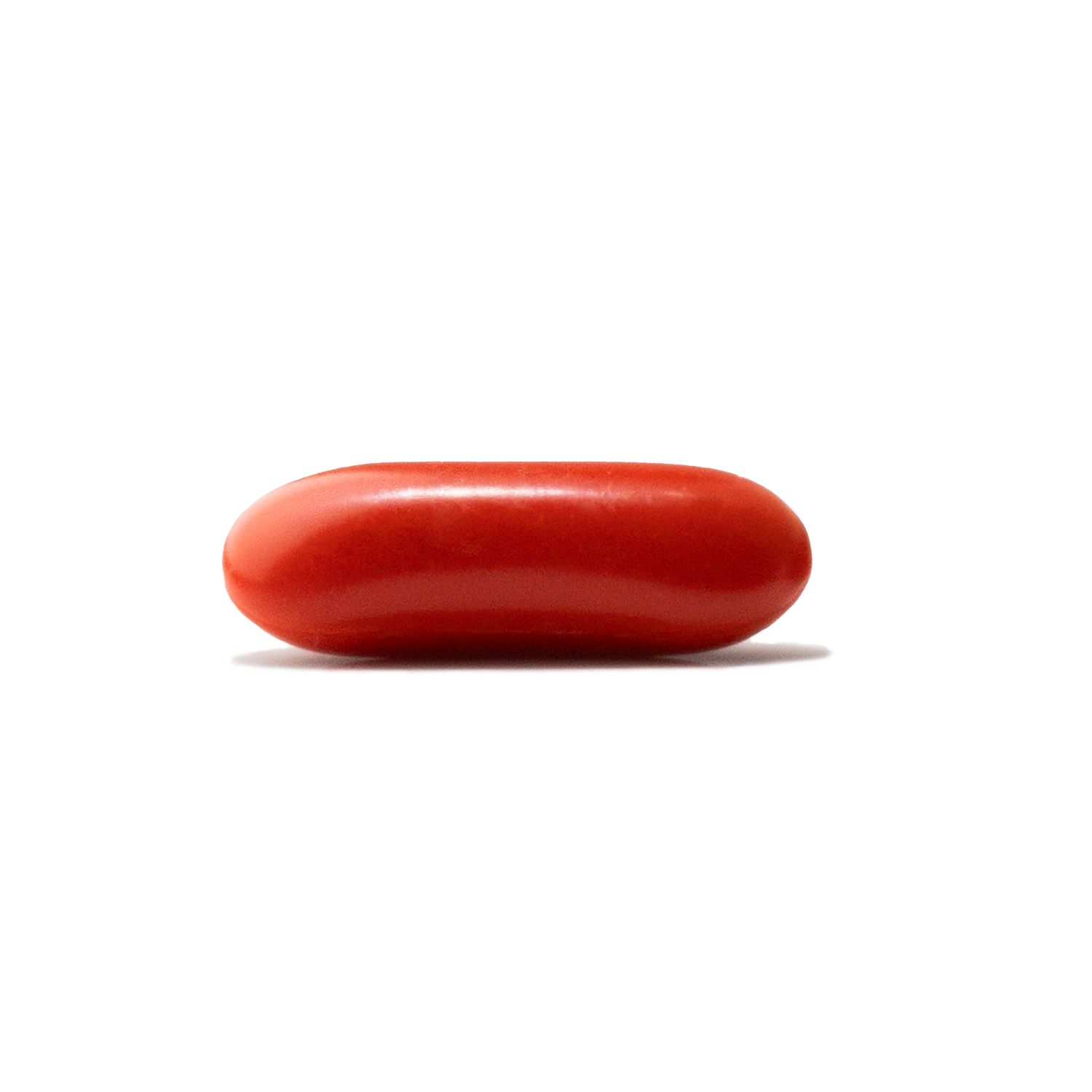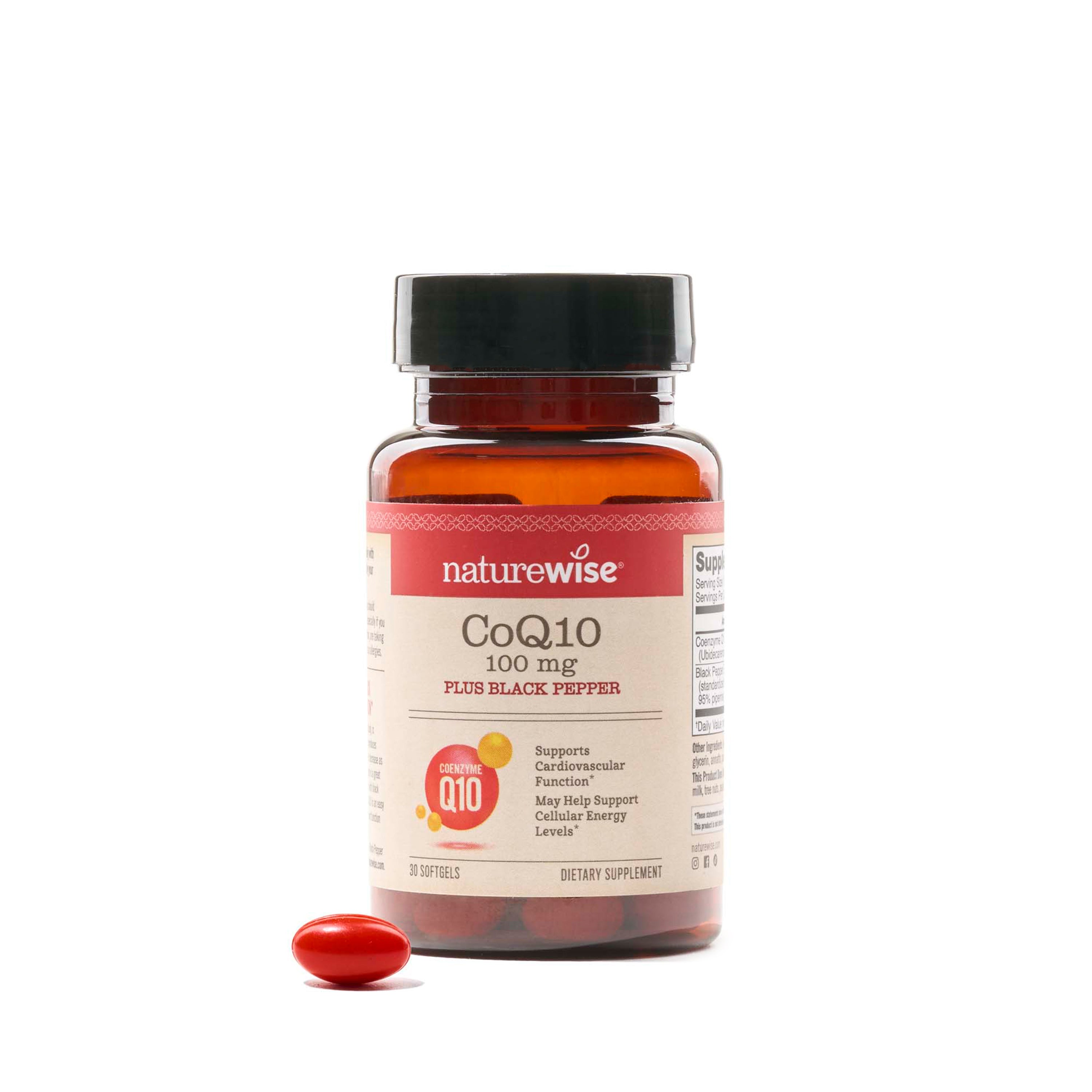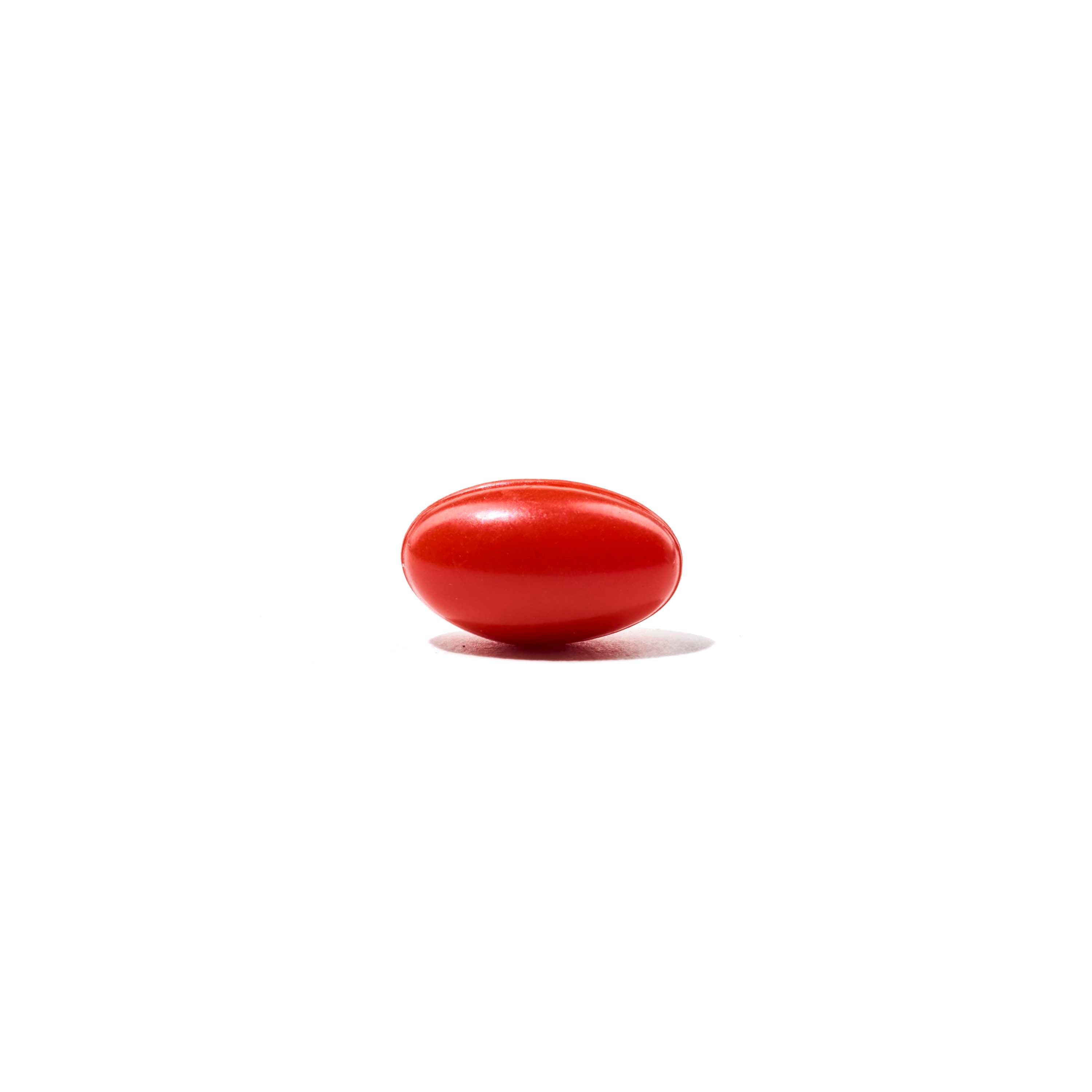The Best Type of CoQ10
CoQ10 is a popular supplement for heart health, antioxidant support, and energy. However, as with all supplements on the market, you’ll come across different versions of the same nutrient, making the buying process more complicated than it needs to be.
The two forms of Coenzyme Q10 sold in supplements are ubiquinone (sometimes called ubidecarenone) and ubiquinol. Some brands advertise their CoQ10 supplement as being more bioavailable than others, but there is not much scientific evidence to back these claims.
What is CoQ10?
Scientists discovered CoQ10 fairly recently in 1957. They found this important nutrient throughout the human body and aptly named it “ubiquinone” from the Latin root “ubi,” which means everywhere. Ubiquinone, sometimes called ubidecarenone, was the dominant form of CoQ10 found in supplements.
In fact, it was the only type of CoQ10 until 2006, when ubiquinol was introduced to the market. (1)
This newer, shinier version of CoQ10 promised higher bioavailability, easier absorption, and more efficiency. To this day, ubiquinol is marketed as a premium form of CoQ10 - but what’s the truth about all forms of CoQ10?
Ubiquinone Vs. Ubiquinol: The Molecule
The difference between ubiquinone and ubiquinol is very small. If we take a look into the chemical makeup of these molecules, ubiquinone is missing a hydrogen atom. This means that ubiquinone is the oxidized version of CoQ10, while ubiquinol is the reduced form of CoQ10 with two extra hydrogen atoms. In chemistry, these two molecules make up a redox couple, which is a pair of the oxidized and reduced forms of a molecule. (2)
In layman’s terms, they transfer electrons back and forth in important chemical reactions. The most important reaction is in the electron transfer chain in the mitochondria. In this chain, ubiquinone cycles into ubiquinol continually switching back and forth between the two forms. This cycling process is what helps the mitochondria produce cellular energy.
Which CoQ10 is Most Bioavailable?
Ubiquinone and ubiquinol supplements are essentially the same, and both are absorption-friendly forms of CoQ10. When you take a ubiquinol supplement, it cycles back and forth between ubiquinone and ubiquinol even as it’s being digested! The same thing happens when you take a ubiquinone supplement. This lipid is subject to transforming into ubiquinol very easily.
Your body naturally produces both forms of CoQ10 and converts one into the other, depending on what the mitochondria needs.
Marketers have made numerous claims about the lower stability of the cheaper ubiquinone in the stomach with no scientific evidence. In the end, both forms support the body equally.
The Roles of Ubiquinone and Ubiquinol in the Body
Ubiquinol is an antioxidant that is found throughout the body in cell membranes, the lymph system, and in blood. It is responsible for recycling ubiquinone, vitamin E, and Vitamin C.
Ubiquinone is a cofactor in the inner membrane of the mitochondria. This version is used to produce energy (ATP). Through its synthesis of energy, ubiquinone is involved in all body processes requiring energy: energy production, active transport, synthesis of enzymes, coenzymes, muscle contractions, sperm production and motility, and much more. Ubiquinone is essentially responsible for all life processes in the human body. (1)
Due to how easily they convert into one another, it doesn’t matter which form you take in a supplement.
Foods High In CoQ10
Both forms of CoQ10 can be found in foods. CoQ10 is found in fatty fish, including salmon and tuna, as well as beef and whole grains. Ubiquinol (the reduced form) is found in fresh, uncooked animal proteins such as sashimi and steak tartar. However, once these proteins are cooked, ubiquinol gets converted into its oxidized form, ubiquinone. Cooking and not cooking proteins does not make a difference in the grand scheme of things: Even when you eat raw fish, the ubiquinol is oxidized into ubiquinone in the gut.
The average dietary intake of CoQ10 is only 3-6 mg. (3) While you can increase your daily CoQ10 intake through diet, not all of it is absorbed properly because CoQ10 is a fat-soluble substance.
What to Look for In CoQ10 Supplements
Now that we’ve established that ubiquinone and ubiquinol are equally beneficial to the body, let’s look at which CoQ10 supplements are ideal for daily use.
Fats
CoQ10 is a lipid, or fat molecule that is fat-soluble. This means it is better absorbed when taken with fat. When you’re picking out a CoQ10 supplement, look for one that has fat packed into the softgel. Fats such as rice bran oil, sunflower oil, and olive oil are great solvents for CoQ10 that increase the absorption of this nutrient. (1)
You may also notice a number of CoQ10 supplements formulated with black pepper extract.
Black Pepper Extract
Piperine derived from black pepper extract was shown to significantly increase nutrient absorption of several different dietary supplements. A study revealed that CoQ10 supplementation with black pepper extract increased plasma levels of coenzyme Q10 by about 30% in a 3-week study compared to the control group. (4)
This significant boost in the absorption of CoQ10 shows that black pepper extract can support the bioavailability of this nutrient.
Our CoQ10 + Black Pepper softgels come in 100 mg and 200 mg doses, with all the components of an effective CoQ10 supplement (fat and Black Pepper Extract). Plus, they’re completely vegan.
Bottom Line: Ubiquinone is the Better Option
Now that we know ubiquinone and ubiquinol rapidly convert to the other, is one form better? Well if you consider cost, ubiquinone will almost always be more affordable and equally effective.
So regardless of the CoQ10 type you find in your supplement, consider absorption properties like fat and black pepper extract. These should be the deciding factors in your purchase.
References:
- Judy, W. V., Stogsdill, W.W., & Judy, D.S. (2007.) Coenzyme Q10 Facts or Fabrications. Natural Products Insider.
- Dykens, J.A. (2007). Redox Enzymes. Reference Module in Chemistry, Molecular Sciences and Chemical Engineering Comprehensive Medicinal Chemistry II.
- Pravst, I., Zmitek, K., & Zmitek, J. (2010). Coenzyme Q10 contents in foods and fortification strategies. Critical reviews in food science and nutrition, 50(4), 269–280.
- Badmaev, V., Majeed, M., & Prakash, L. (2000). Piperine derived from black pepper increases the plasma levels of coenzyme Q10 following oral supplementation. The Journal of nutritional biochemistry, 11(2), 109–113.
